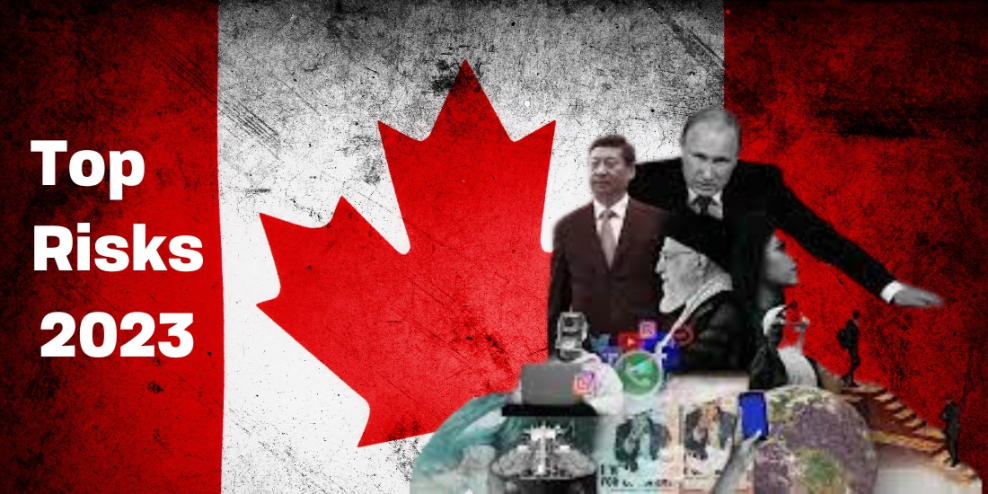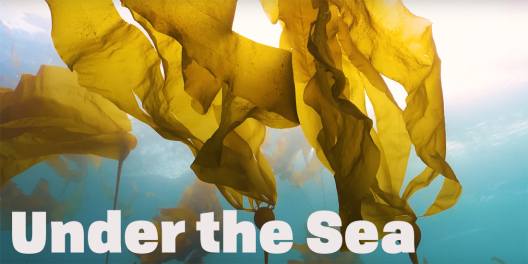Within international circles, Canada used to frequently get a pat on the back for its peacekeeping efforts.
To many foreign observers, we were just a bunch of friendly loggers, fishermen and miners, who were pleasant to each other and proud of our massive country overflowing with natural resources.
How perceptions – and reality – have changed.
Eurasia Group, a New York-based consultant focused on political risk, recently published its “Top Risks of 2023.” It’s a stark look in the mirror for Canadians.
Not just any mirror, but unfortunately, one of those fun house mirrors at carnivals that make you out to be scary monsters.
The report summarizes the leading threats to global stability. It includes some obvious risks, like Russia’s invasion of Ukraine and Iran’s ruthless suppression of political dissent.
However, the consultant singled out Canada, among a few other countries, for a special one-page report.
Not because Canada represents a global threat, but rather to point out that troubling things are happening in our politics and society that others are starting to pay attention to.
“Canada has long seemed impervious to the political divisions and dysfunction apparent across the border in the United States. But the trucker convoy that occupied the capital of Ottawa last year—ostensibly protesting Covid-19 vaccination mandates—was a big indication that something had changed,” the reads the report.
The authors predict that 2023 will see deepening political polarization in Canada and growing regional divisions – think Alberta under the leadership of Premier Danielle Smith and her antagonistic relationship with Ottawa.
Inflation, rising interest rates, a sluggish economy and increasing unemployment, will “put fiscal pressures on indebted households, businesses, and governments.”
Canada is not alone in these economic challenges. But the report says that two factors will make things worse in our country.
First, hyper-polarized political parties divided along regional lines “will amplify rural-urban and eastern-western tensions for political gain.”
Second, there’s a declining trust in traditional media, massive exposure to US politics, cable news and talk radio, and a growing network of cross-border special interest groups linking US and Canadian far-right and far-left organizations.
The report highlights rising populism in Canada that threatens to splinter the confederation further.
“… Canada’s combative partisan and regional politics are poised to take a turn for the worse,” according to the report, adding that healthcare funding, federal immigration, energy, and climate change policies will be political flashpoints.
“Canada and the US are growing closer, but it’s less about alignment between Ottawa and Washington than cross-border alliances between sub-national governments and politicians of the same political stripe.”
They even go so far as to point out that politics in Alberta and Texas “are increasingly alike” Links between extremists here and in the US will get stronger in the coming year, leading to an increase in civil disobedience, disruption, protest and even violence in Canada.
VanIsle isn’t immune to right-wing populism. A large caravan of trucks from the Island is rumoured to be ready to roll if Convoy 2.0 goes ahead in Ottawa, Counts or Manitoba.
The report doesn’t make for a light, feel-good read to bring in the New Year.
In many ways, it reflects what many of us already know. But, unfortunately, Canada’s politics have gotten much uglier in the past few years. Too many people are getting their “news” from social media. Too many leaders would rather traffic in fear, blowing up bridges instead of building them.
Still, it’s fascinating to look through the same window through which some others are viewing us these days. It doesn’t look good.
Take the following warning from the report authors.
“When the US sneezes, Canada catches a cold. So watch out for sniffles north of the border in 2023.”







